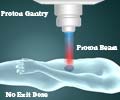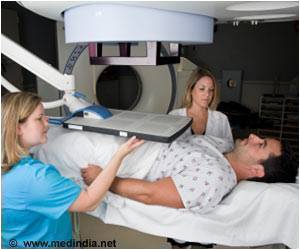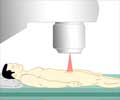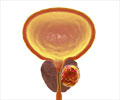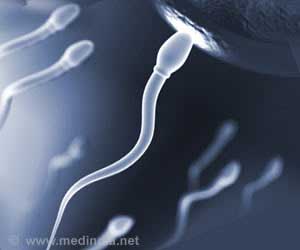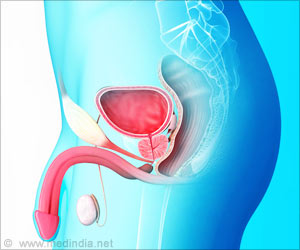
‘The five-year survival rate with proton therapy in prostate cancer patients has shown a good 93.25% results, when compared to 88.43% score with Intensity-Modulated Radiation Therapy for treatment
’
Tweet it Now
"This new evidence supports that proton therapy is at least as good as standard radiation therapy and may be significantly better in some areas, especially protecting normal tissue outside of the prostate," said the study’s lead author William Hartsell, MD, medical director of the Northwestern Medicine Chicago Proton Center. "In addition, the evidence shows that proton therapy is advantageous for younger patients who we are most concerned about developing secondary cancers later in life."
Proton therapy uses protons - heavy, positively charged atomic particles - instead of the standard X-rays used in conventional radiation therapy. Protons deposit much of their energy, or dose, directly in the tumor and then stop, whereas conventional radiation continues to deposit the dose beyond the tumor.
Dr. Hartsell and colleagues reviewed the records of over 28,000 Intensity-Modulated Radiation Therapy (IMRT) patients and 851 proton patients who received treatment from 2006-2012, using the Medicare and SEER (Surveillance, Epidemiology, and End-Results Reporting) national databases.
The proton patients were matched to Intensity-Modulated Radiation Therapy (IMRT) patients in a 1:5 matching process using several parameters, including comorbidity index, cancer stage, tumor grade, adjuvant chemo/hormone therapy, age, zip code and ethnicity.
Advertisement
The study also reviewed the incidence of complications and found significantly more in patients with bladder, endocrine or "other" complications with to Intensity-Modulated Radiation Therapy (IMRT) compared to protons.
Advertisement
"This study is a significant update on the efficacy of proton therapy for prostate cancer. Many insurance companies are relying on outdated and incorrect data to determine coverage," said Dr. Hartsell.
Source-Eurekalert

